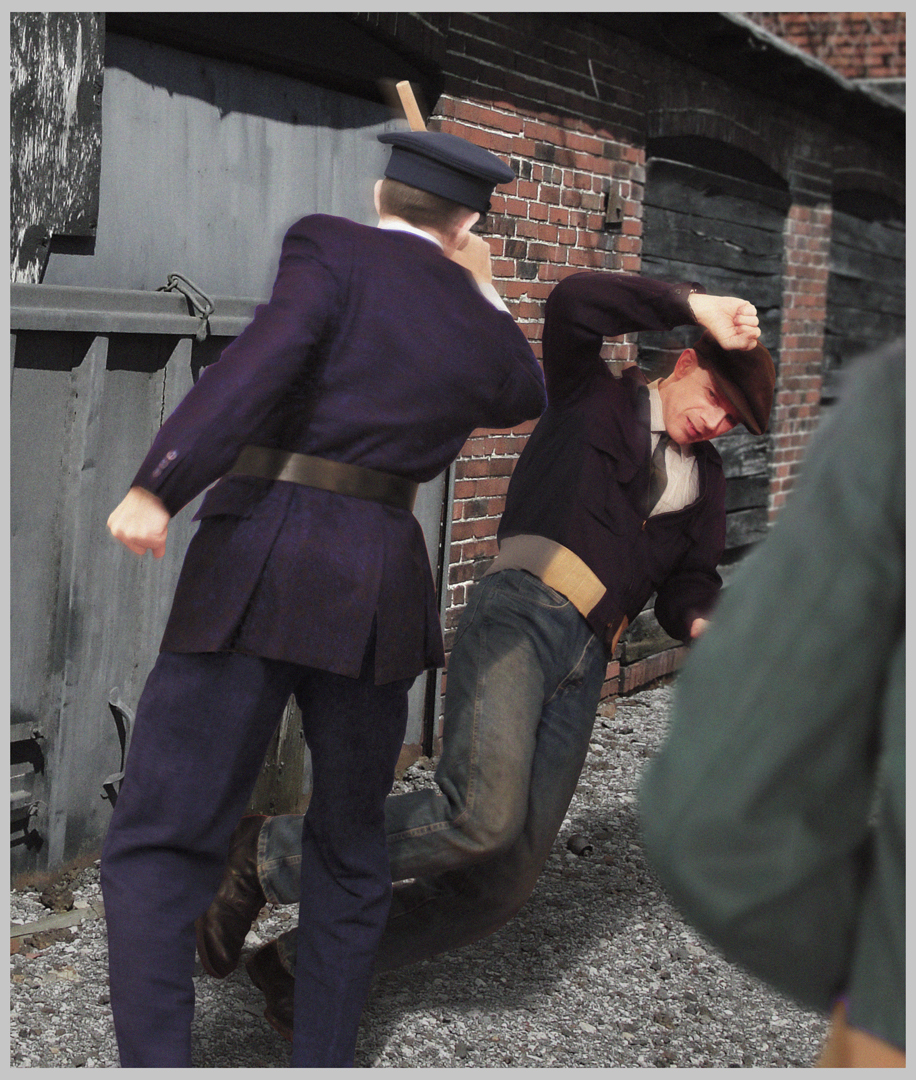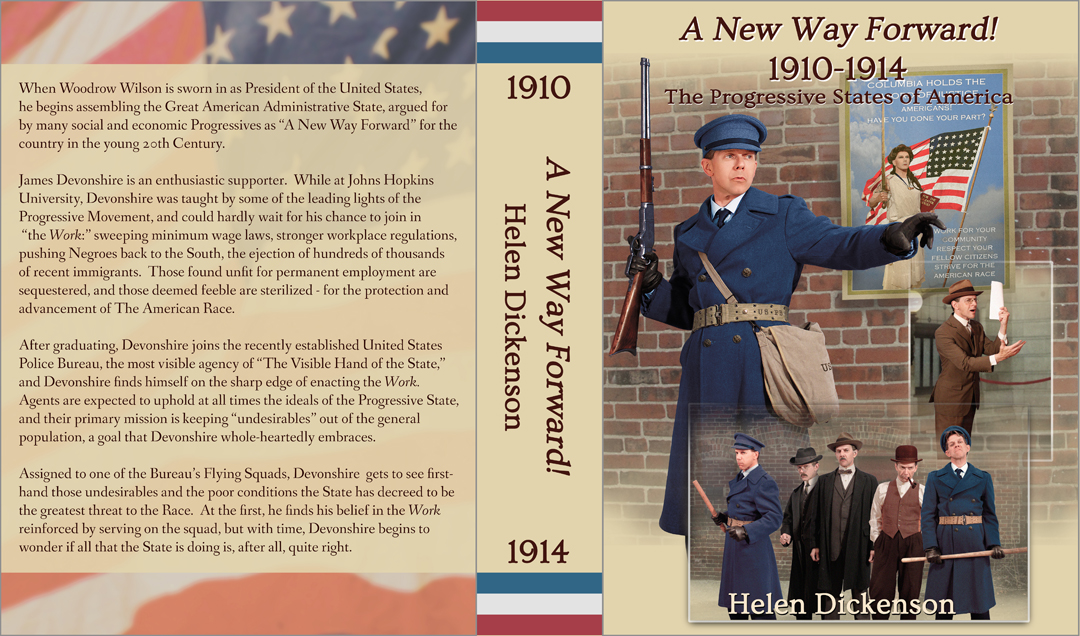
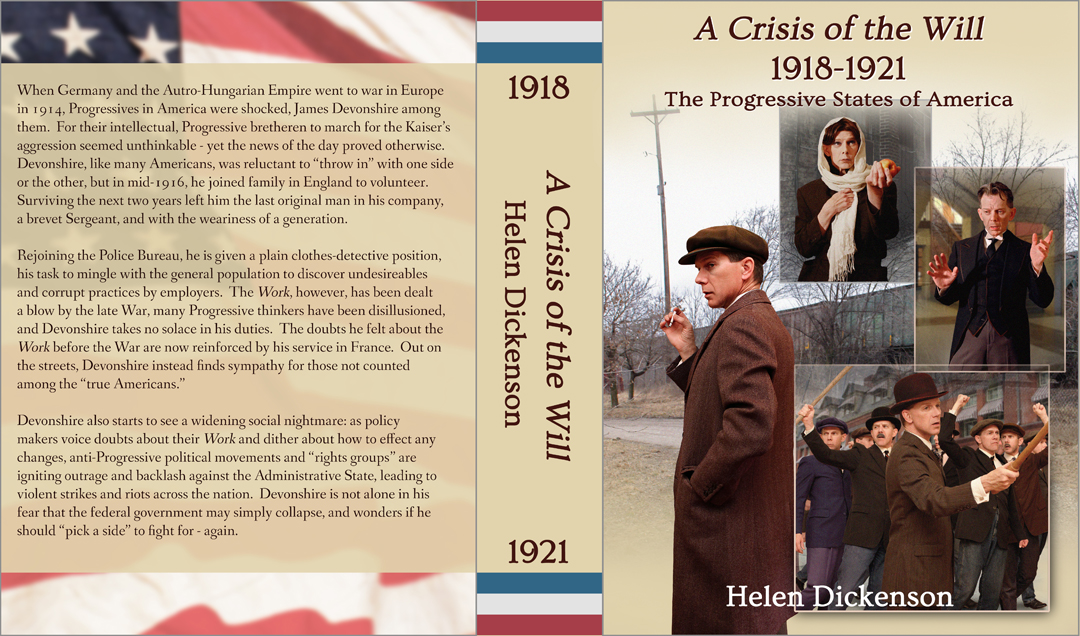
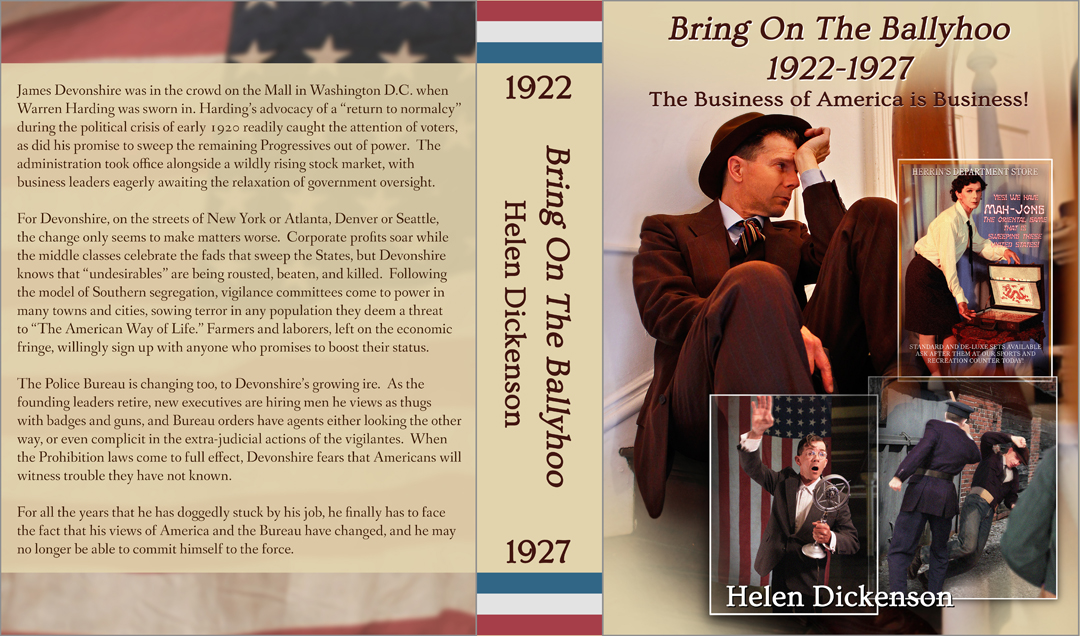
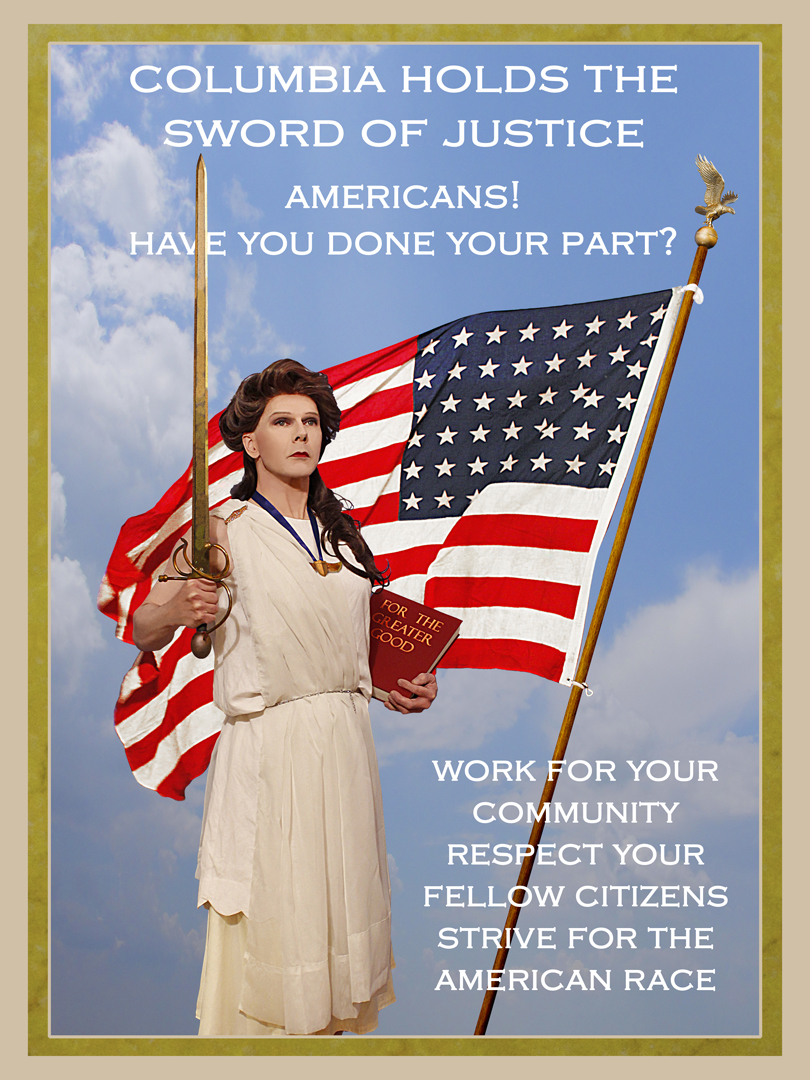
Propped on the "just in" table of a book store in Indianapolis was Illiberal Reformers by Thomas C. Leonard. The additional titling sums up the scope of the text: "Race, Eugenics & American Economics in the Progressive Era." Leonard, an economist, writes from the economists' point of view, but to give the more casual reader some grounding in the work, there is also the concomitant social milieu of the late 1800's and early 1900's, the so-called Progressive Era. I read a couple pages - and bought it.
Now, I've heard about the Progressive Era; anyone who was moderately awake during an American History class would have some passing knowledge of it. The highlights usually include the muck-raking news reporters, the social engineering photography depicting the slum dwelling immigrants of Manhattan's Lower East Side, and the movement to keep children out of factories.
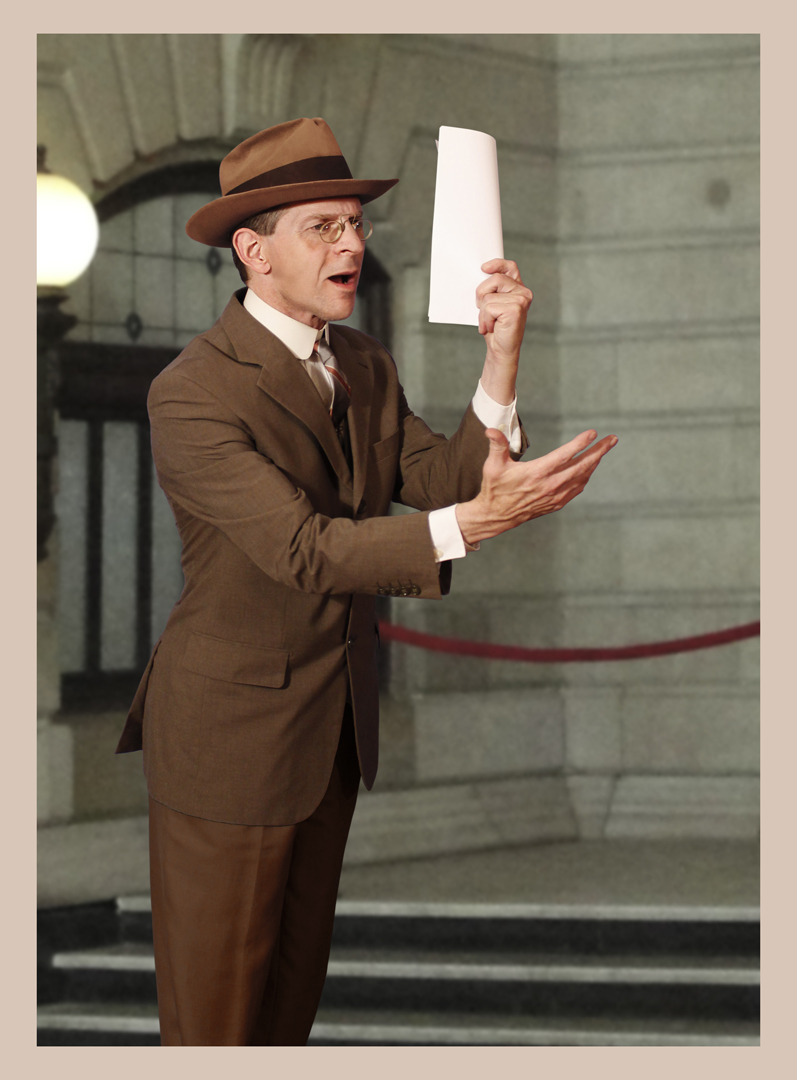
What Leonard presents, albeit from a more monetary side, is a more fulsome representation of the Progressive Movement, not the least of which is that, like any movement or frame of reference, can not be "monolithic." What is so oft presented, or at least recalled, by contemporary history, is the social uplift aspect. Get the kiddies out of the sweatshops, develop better environments for the poor.
The "other side" of the movement is that, for instance, it was enamoured of eugenics: the idea of promoting a "pure American Race." That is, the white, Anglo-Saxon and Protestant elements, the "original" residents of the United States, a "race" that was under threat of being overwhelmed by the ignorant, the Eastern and Southern European, and the imbecile.
Among other things, this desire for "purity" led directly to the sterilization campaigns of many states (California and North Carolina chief among them) which saw the involuntary sterilization of many, especially women, who were deemed "unfit" for procreation. Thousands were treated so, from the 1920's, to the 1950's. There are still some 20,000 still alive today who were "treated" in California.
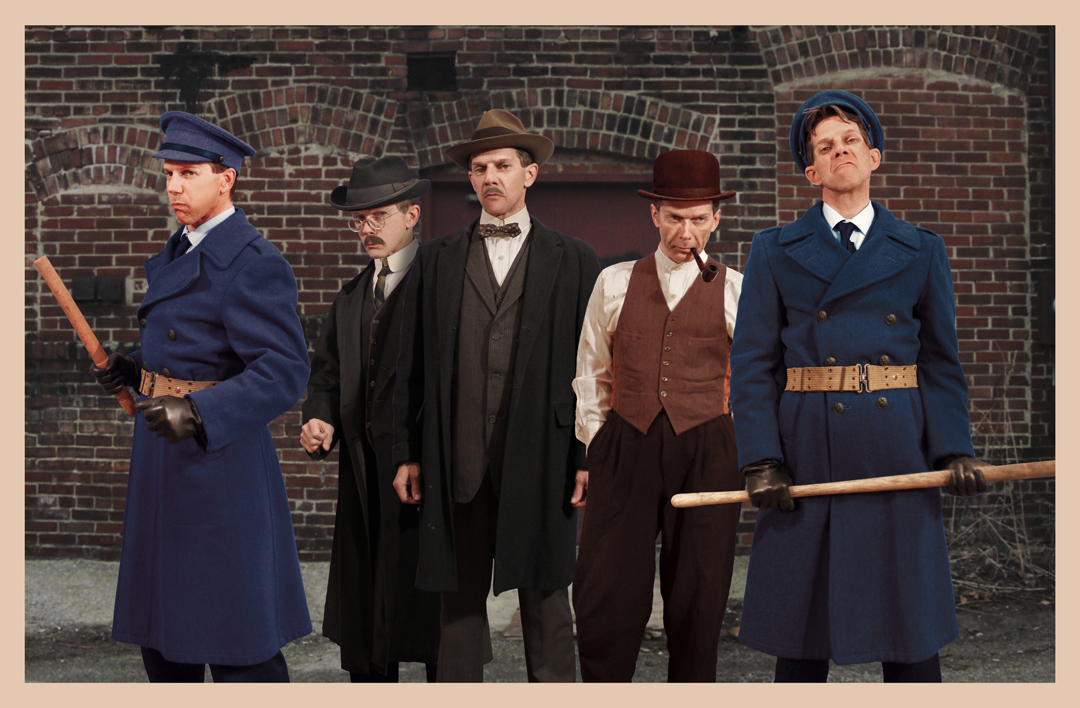
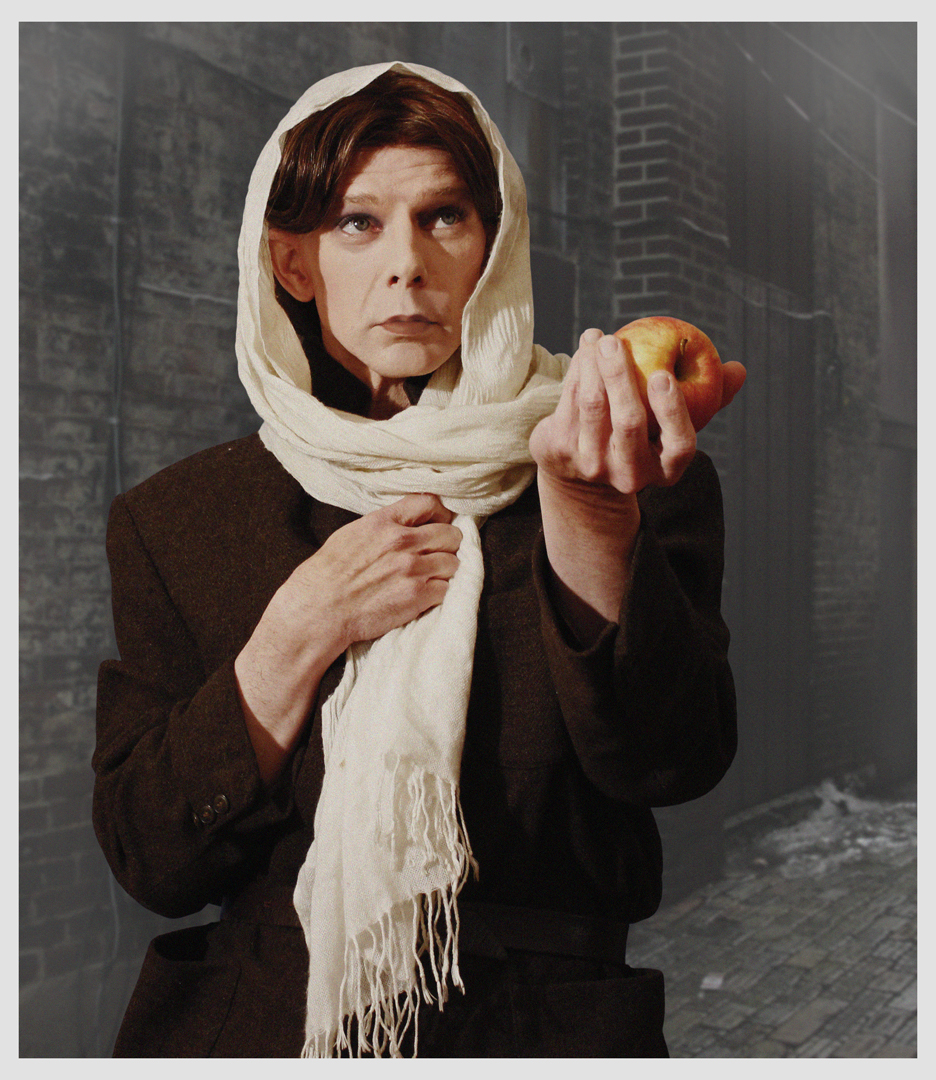
Reading through Leonard's text brought a lot of "wow, I didn't know that" moments, and before I was done I had the idea of this series of book covers. The "alternate history" idea being "What If -- ?" What if, instead of "going more mainstream," Woodrow Wilson had kept to the Progressive ideals? Wilson agreed with much of the Progressive "platform," but after achieving the White House, he didn't follow through as many of the Progressives would have liked. "What If" he had? That was the jumping off point for these.
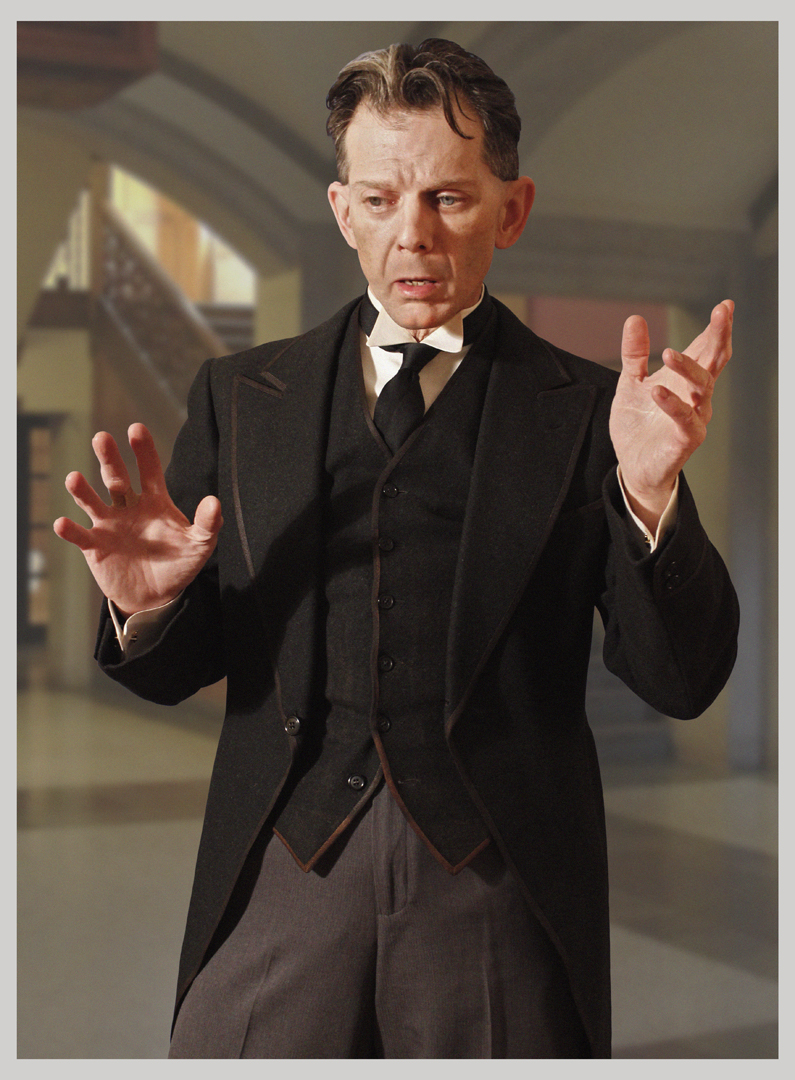
It's true that much of what I've outlined for these stories is not too far off-the-mark of history as we know it. What Dickenson's novels would cover would be a United States where the strife and the concerns are magnified, taken to their extreme, even if that might be illogical - or illiberal.

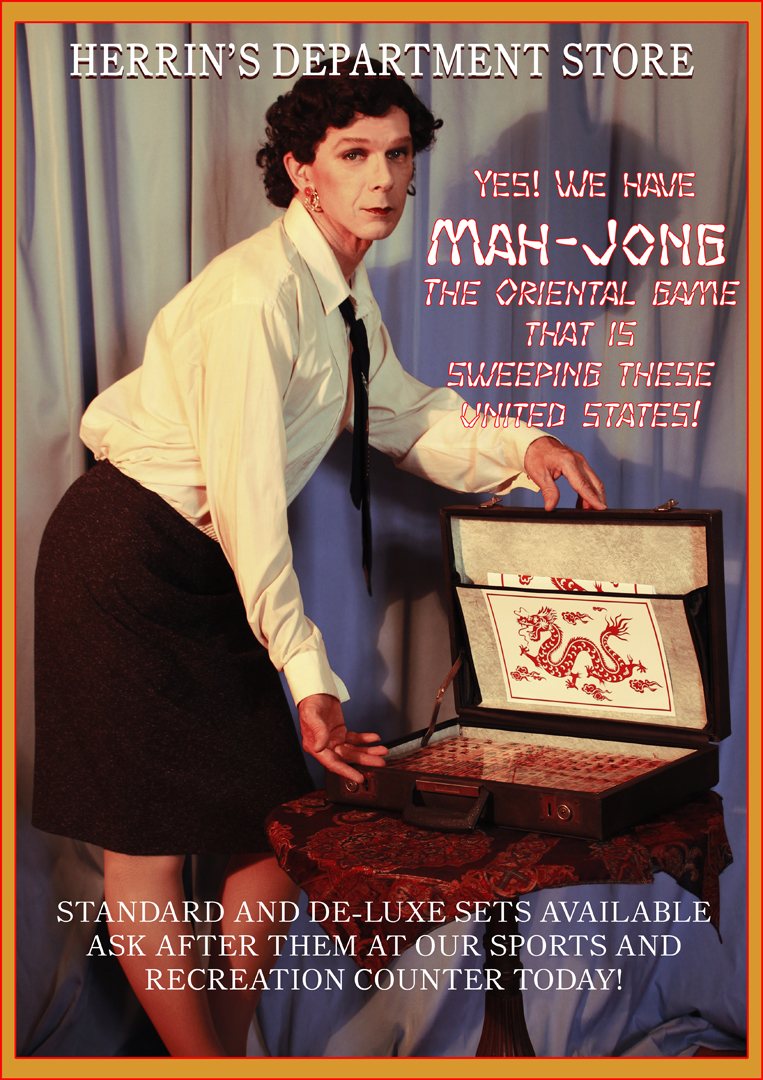
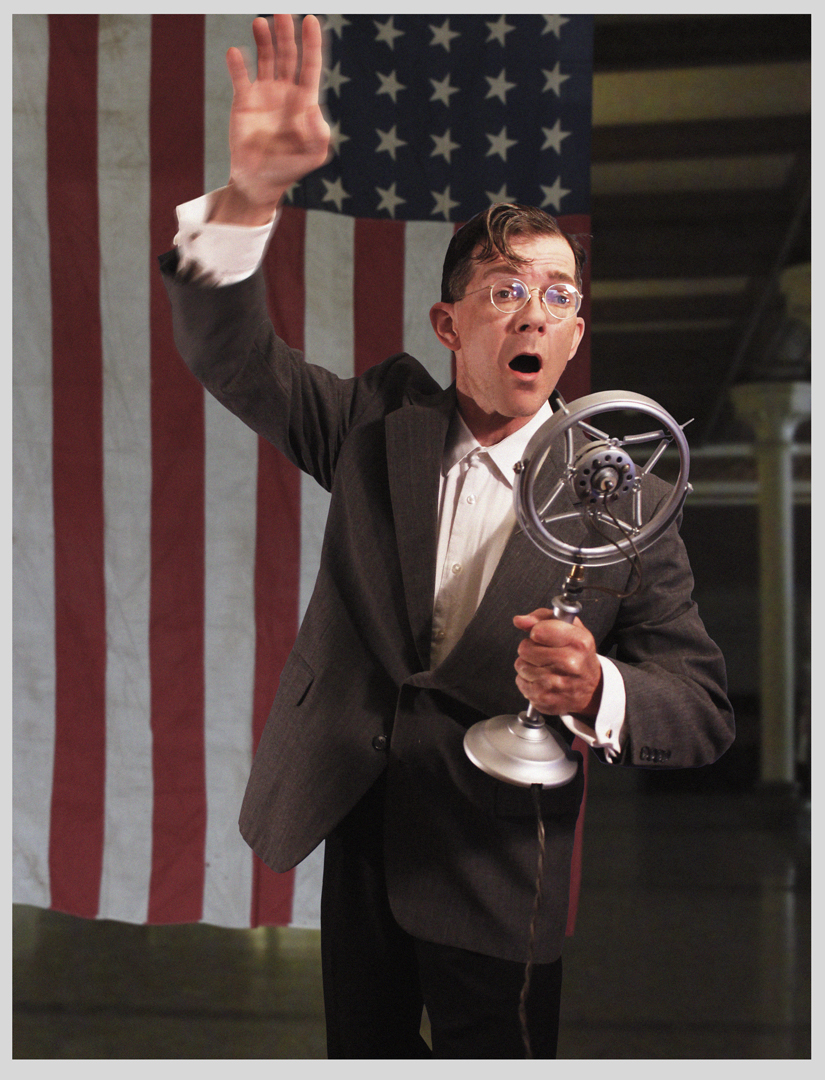
I've included the "detail shots" that adorn the covers because I thought they did deserve their due. Beyond just taking up space on the page, these are intended as a furthering of the image for context: time, place, economic situation, what-have-you. Basically, a visual representation of some of the aspects of American Life mentioned in the jacket blurb. They also were more involved, technically, than the main image of Devonshire - costumes, lighting, setting - the whole theatre of each picture.
To the over-all construction of these covers: as with the cover art for the Detective Listrom series, I was exploring a different "look" for the work. They could have been more "straight-ahead" photo-like images, but to illustrate those wider aspects of the story, I needed to do something different from my previous explorations. The smaller framed images were the result. As with most of my other pieces, it may have been done before, but this is my "take" on it. 'cause I hadn't done it before.
And, yes, these are all mine. I referred to multiple images of President Wilson, for instance, to achieve a reasonable facsimile of that particular visage, while other photographs of the early 20th Century inspired theme for these variants. The patriotic posters of the Great War era, media outreach photos of striking unionists and the expose shots of cops beating strikers, the images of major figures like the radio-preaching evangelists, were all looked-to for inspiration.
